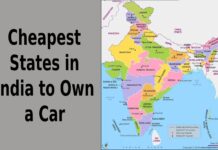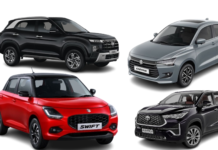When charging your electric vehicle (EV), you often face the choice between fast charging and slow charging. While fast charging is convenient and gets you back on the road quickly, slow charging is generally considered better for long-term battery health. But which one is truly better for your EV? In this guide, we’ll compare fast charging vs. slow charging, highlighting their impact on battery life, efficiency, and overall performance.
Key Points
- What are Fast Charging and Slow Charging?
- How Charging Speed Affects Battery Life
- Cost and Convenience in India
- Charging Infrastructure in Indian Cities
- When to Use Fast Charging vs Slow Charging
- Tips to Maximize Your EV Battery Health
What are Fast Charging and Slow Charging?
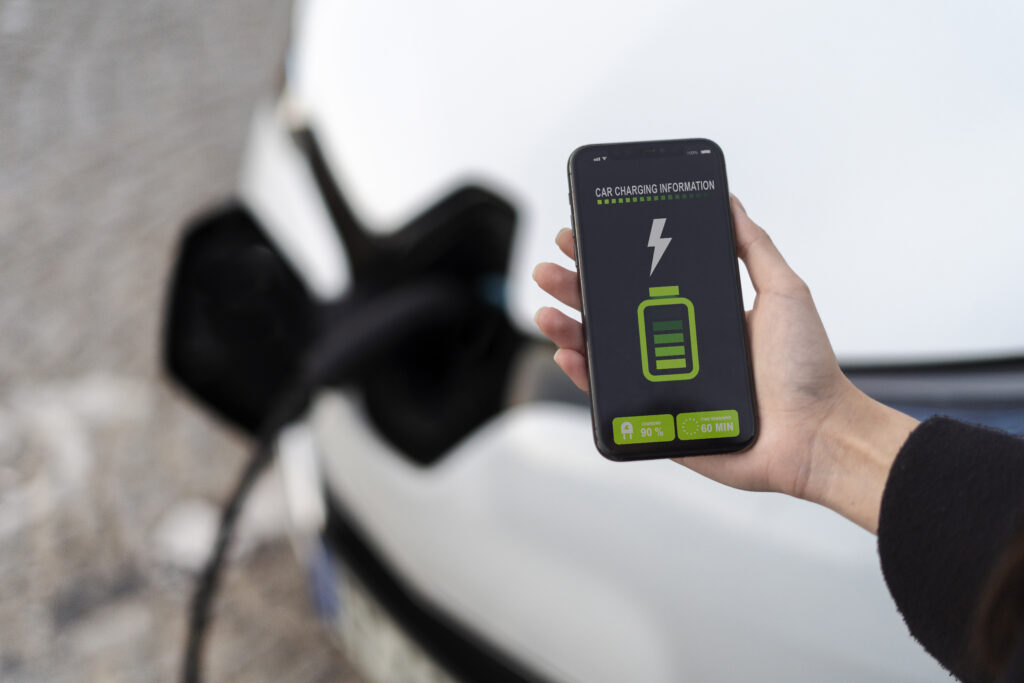
Fast charging is like a quick power-up think of it as a strong cup of chai that gets you going in minutes. It uses high-power DC (direct current) chargers, typically 50 kW or more, and can juice up your EV battery to 80% in 20-40 minutes, depending on the car and charger. You’ll find these at highway stations or malls like the ones popping up on the Delhi-Mumbai expressway.
Slow charging, on the other hand, it uses AC (alternating current) chargers, usually 3 kW to 7 kW, and takes 6-12 hours for a full charge. This is what you’d typically get with a home charger or a basic public charging point in your colony.
For Indian EV owners, knowing the difference is key because our charging options are still evolving, and your choice depends on where and how you drive.
How Charging Speed Affects Battery Life
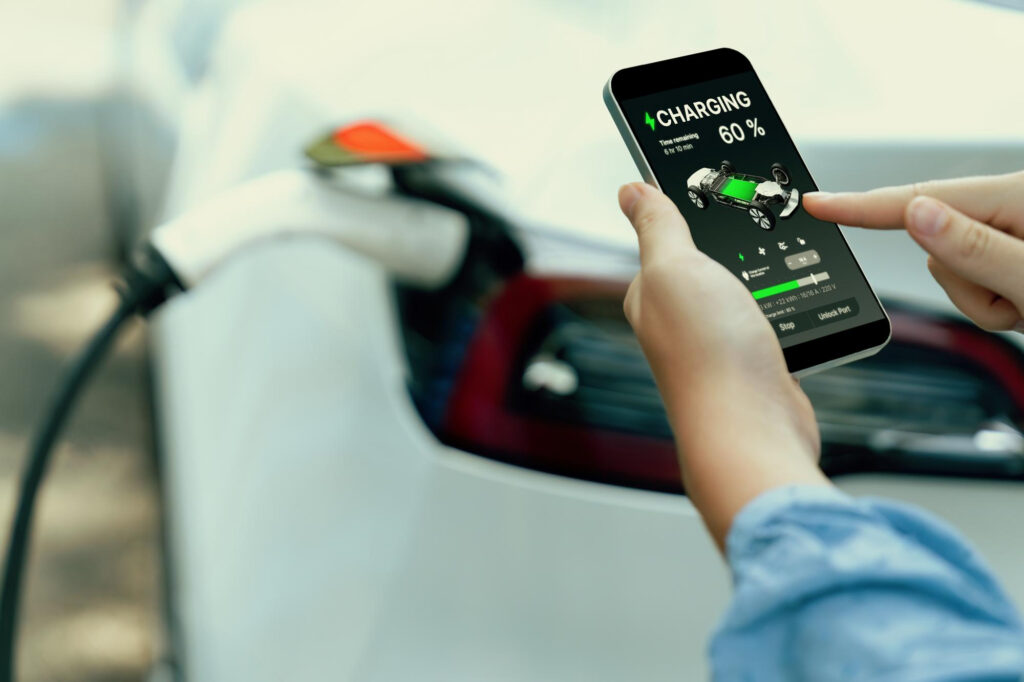
Does fast charging hurt your battery? Well, it’s not black-and-white. EV batteries (mostly lithium-ion) don’t love extreme heat or stress, and fast charging generates more heat than slow charging. Over time, this can speed up something called battery degradation where your battery loses its ability to hold a full charge.
Slow charging fills it gently, keeping the walls strong. Fast charging is like pouring water in a rush some splashing happens, and the bucket might wear out faster. Studies show that frequent fast charging (especially beyond 80%) can reduce battery lifespan by 5-10% over years. But here’s the good news: modern EVs like the Tata Nexon EV or MG ZS EV have smart cooling systems to handle this heat better.
For Indian conditions think summer heat in Rajasthan or humid Mumbai slow charging at night might be kinder to your battery.
Cost and Convenience in India

Slow charging is cheaper way cheaper. At home, with electricity rates around ₹6-8 per unit in most states, a full charge for a 30 kWh battery (like the Nexon EV) costs ₹180-240. You’re looking at ₹15-25 per kWh, so the same charge could set you back ₹450-750. That’s a big jump!
Convenience-wise, slow charging wins if you’ve got a home setup and time like overnight charging in your garage. But if you’re zipping through Bengaluru traffic or on a long drive to Goa, fast charging is a lifesaver. Fast chargers aren’t everywhere yet, so you might need to plan your route.
Charging Infrastructure in Indian Cities
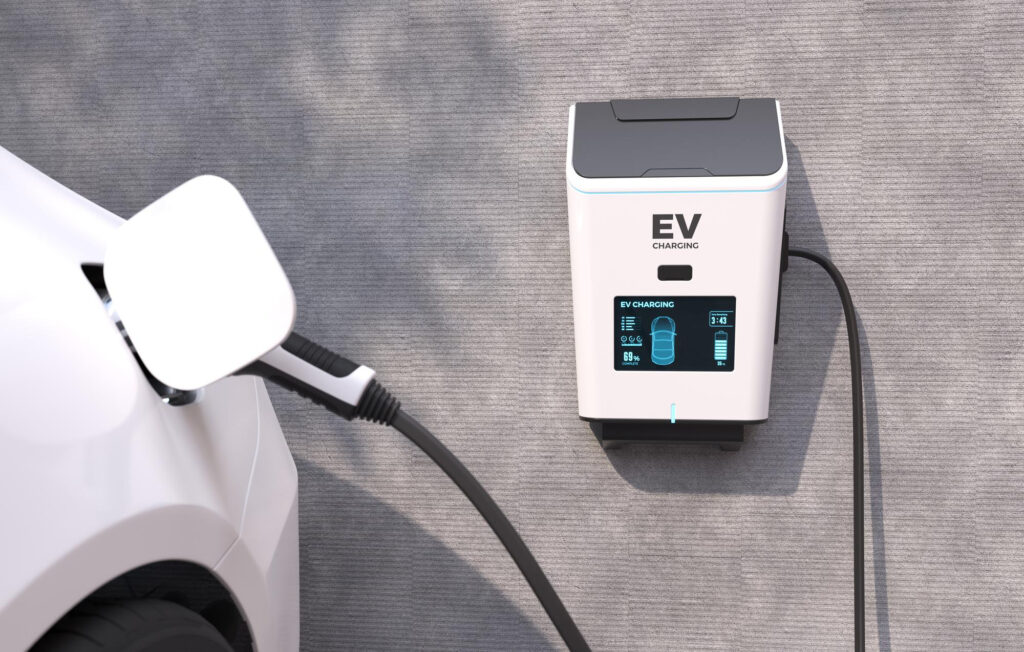
India’s EV scene is growing, but we’re not quite at “charger on every corner status. Cities like Delhi, Hyderabad, and Pune have decent fast-charging networks think Anther Grid or Tata Power stations. Highways like NH48 are getting DC chargers too, perfect for quick top-ups on a Jaipur-Delhi run.
Slow chargers They’re more common your apartment might have a 7 kW point, or you can install one for ₹50,000-80,000. But in smaller towns or rural areas, you’re mostly stuck with slow charging at home. So, your location plays a huge role in this debate.
When to Use Fast Charging vs Slow Charging
Here’s a simple rule for Indian EV drivers:
- Fast Charging: Use it when you’re in a hurry like a last-minute Diwali shopping trip or a weekend getaway to Lonavala. Stick to 20-80% charge to minimize stress on the battery.
- Slow Charging: Your go-to for daily use. Plug in at night after work, and wake up to a full battery. It’s cheaper, gentler.
Mixing both is the smart move slow charging for routine, fast charging for emergencies.
Tips to Maximize Your EV Battery Health
Want your battery to last 8-10 years (or more)? Try these:
- Avoid 100% Charge Often: Stop at 80% unless you really need the range most EVs show better longevity this way.
- Keep It Cool: Park in shade during Indian summers; heat is a battery’s enemy.
- Use Smart Features: EVs like the Hyundai Kona have apps to schedule slow charging perfect for off-peak hours when electricity’s cheaper.
- Don’t Drain to Zero: Recharge before hitting 10-20% to avoid deep discharge stress.
- Occasional Fast Charge is Okay: Don’t sweat it for that odd highway stop just don’t make it a habit.
Conclusion
Both fast charging and slow charging have their pros and cons. Fast charging is ideal for quick top-ups on long trips but can contribute to faster battery degradation if used frequently. Slow charging, on the other hand, is gentler on the battery and helps prolong its lifespan. To maintain a healthy EV battery, it’s best to use slow charging for daily needs and reserve fast charging for long journeys or emergencies. Balancing both methods will ensure optimal performance and longevity for your EV battery.
Frequently Asked Questions (FAQs)
Q1. Does fast charging damage my EV battery?
Not really, if used occasionally. Modern EVs have cooling systems to manage heat, but frequent fast charging (especially above 80%) can slightly reduce battery life over time.
Q2. How much does it cost to charge an EV in India?
Slow charging at home costs ₹6-8 per kWh, while fast charging at public stations is ₹15-25 per kWh. It varies by state and provider.
Q3. Can I install a slow charger at home?
Yes, A 7 kW charger costs ₹50,000-80,000, depending on the brand. Check with your electricity board for subsidies.
Q4. How long does slow charging take?
For a 30 kWh battery (like Tata Nexon EV), its 6-12 hours with a 3-7 kW charger perfect for overnight.
Q5. Are fast chargers safe in India’s rainy season?
Most public chargers are weatherproof, but avoid using them during heavy rain or flooding just to be safe!



